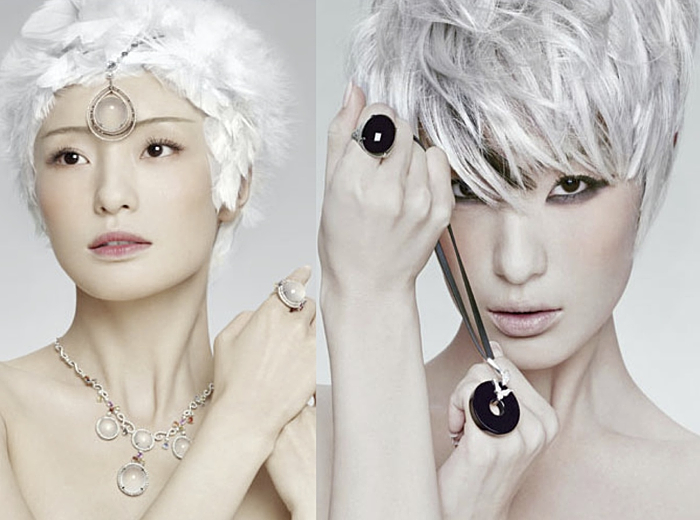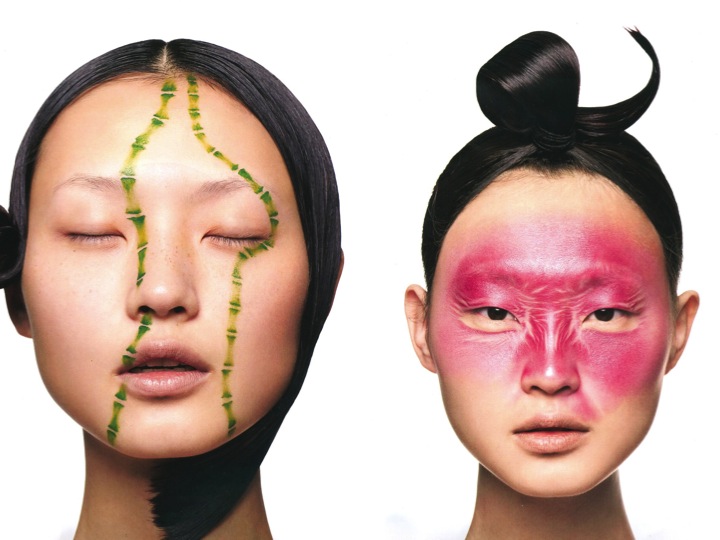
Nathalie Omori, Senior Partner of Zhenji, a marketing firm devoted to Chinese HNWIs, rounds up examples of the new Chinese creativity which draws on the country's traditional skills.
Nathalie Omori, Senior Partner of Zhenji, a marketing firm devoted to Chinese HNWIs, rounds up examples of the new Chinese creativity which draws on the country’s traditional skills.
Gradually emerging from a reproducing and copying age, China proves today its genuine creativeness: a quite recent but rich creativity largely rooted in its ancient knowledges. So lets pay attention to this true chinese revival which, concerning the luxury goods, wakes up the old skills of the imperial court in the Forbiddden City of Beijing, Xian or Luoyang as well as those of the “Années Folles” in Shanghai.
Ma Ke is very well known in the world of fashion: her Haute Couture show, which opened the Fashion Week of Paris, in March 2007, has been a noteworthy event. Ma Ke is also the daily creative of the Mixmind brand which counts 180 boutiques in China.
Mixmind first: The brand presents a timeless sort of fashion made of materials like raw cotton. The choice of loose-fitting shapes echoe the light, free, floating style of the Han dynasty dresses.
And then comes Exception: Here each piece is unique, dyed with pure pigments and made of organic material which Ma Ke has thrust into the earth for several months. Haute Couture? Art? Who knows ?
Exception has been registered at the Haute Couture Chamber in Paris. Its clothes are not sold in boutiques but only shown in art galleries.

Zhao Yi is a brand created by a Hong Kong jade jeweller established in Beijing who owns two shops and a VIP Center where courses about jade gems are given. This very refined work on white jade, a material reserved to the emperor in the old days, also exploits the shape of the Pi, a precursor of the current Tai Ji Tu, the black and white symbol of the Yin and Yang well known chinese concepts.The Pi, already present in the ancient chinese necropolis, is a flat ring which symbolizes the lively energy flowing to-and-fro endlessly between the Yin and the Yang. Its origin is lost in the mists of times but it surely precedes the Tai Ji Tu arrival.
Zhao Yi also makes good use of the chinese craftsmen techniques which had been employed in Shanghai during the “Années Folles” : some transcultural know-how stemed from the occidental Art Deco, Art Nouveau and Bauhaus style art and design.
Finally, lets point out that the Zhao Yi promotional visual shown here is based on the symbolic of the Moon under its Yin, feminine aspect.

Using organic produces as mashed avocado or red cabbage juice, Joyce Wang, “make up” Editor for the chinese luxury magazine “I look”, imagines some feminine and Yin faces marked by Yang stains. This process evokes calligraphy and also these chinese landscapes painted in indian ink.
Nathalie Omori, Senior Partner, Zhenji

